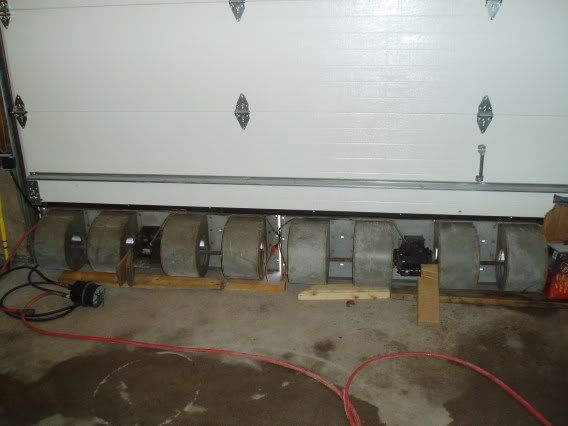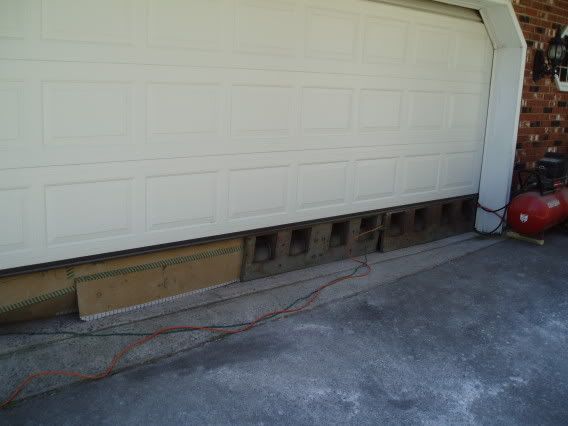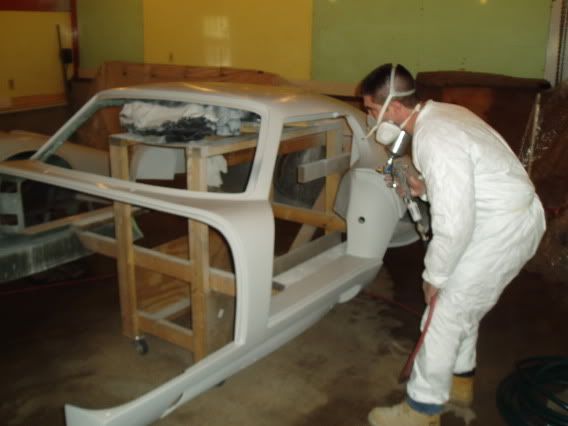This one if for the DIY guys out there. We will be spraying paint sometime this summer and have already taken the class that Mark Worthington set up at PPG a little while ago. What I am considering now is any advice that someone with experience may have with setting up a spray booth in a two car garage. We'll likely be doing a knockdown with 2 bys and plastic sheeting, clean room tack cloth on the floor with positive ventilation to keep the air moving and dust out. And yes, we'll have man-rated breathing air to stop from breathing all of the nasties. What I am pondering now is to how illuminate the booth and if anyone has been sucessful with downdraft venting with one of these set ups. I saw the big fans at Home Depot this morning and the gears in my head began to turn.
Any thoughts appreciated.
Brian
Any thoughts appreciated.
Brian








